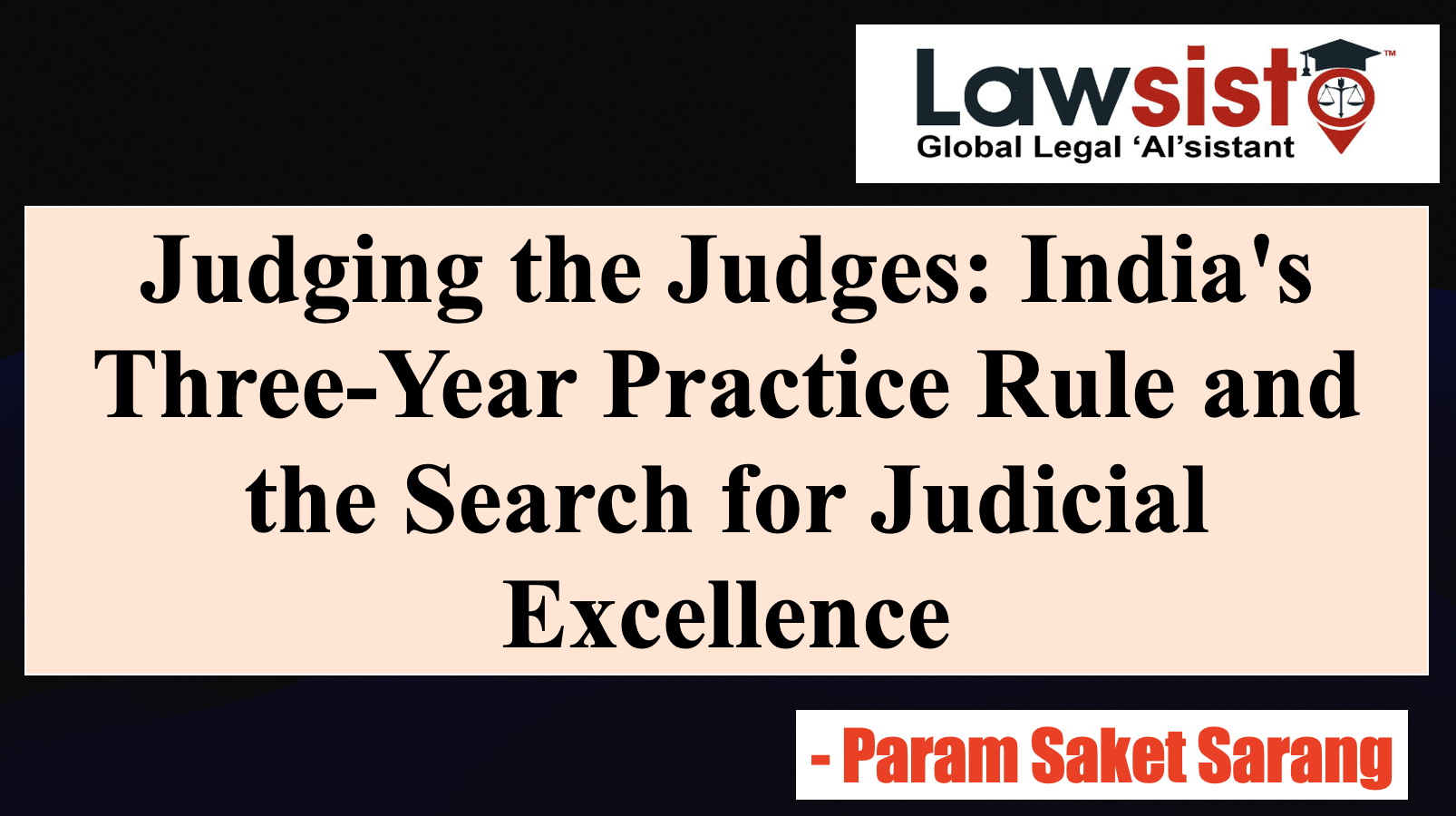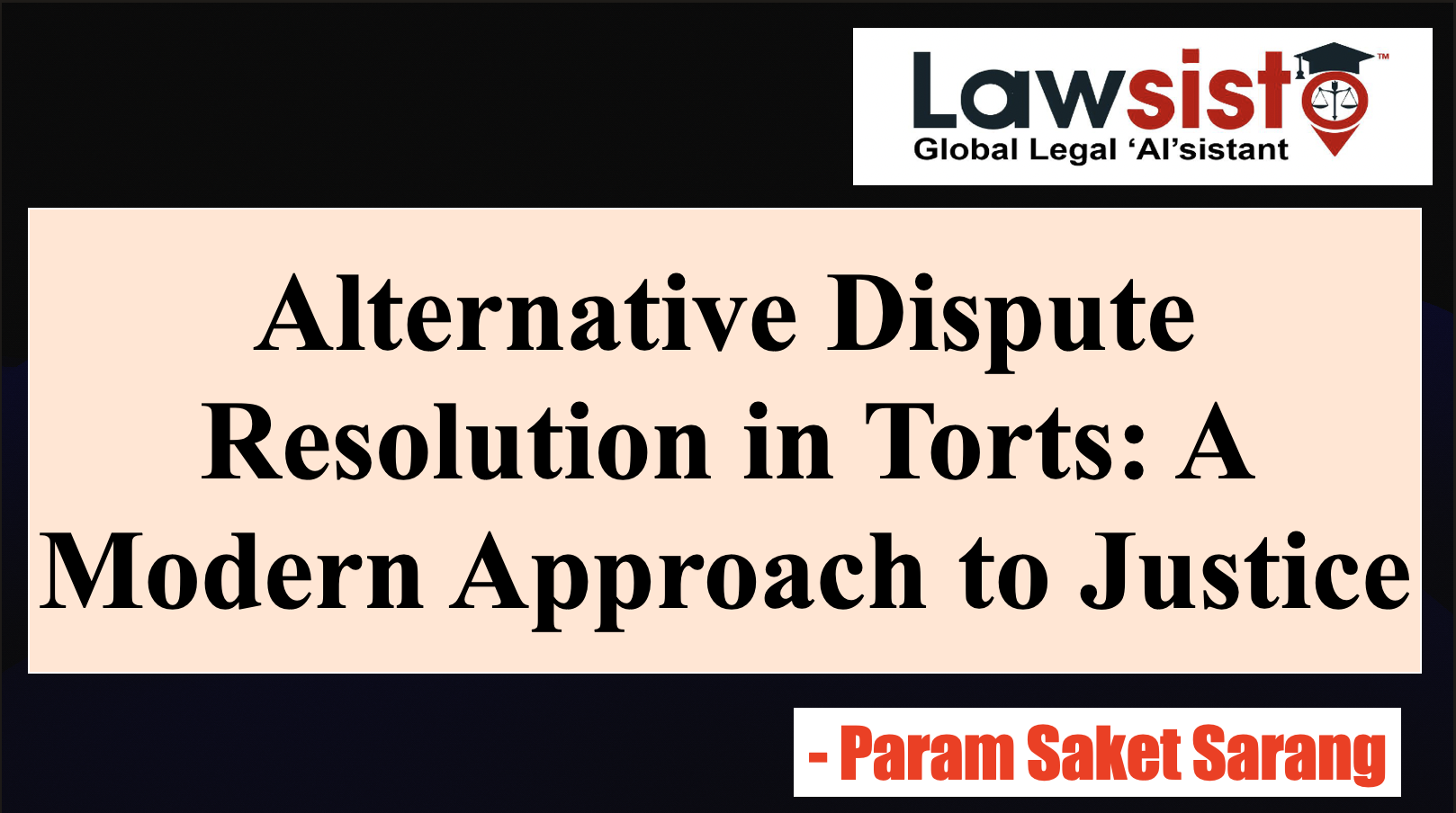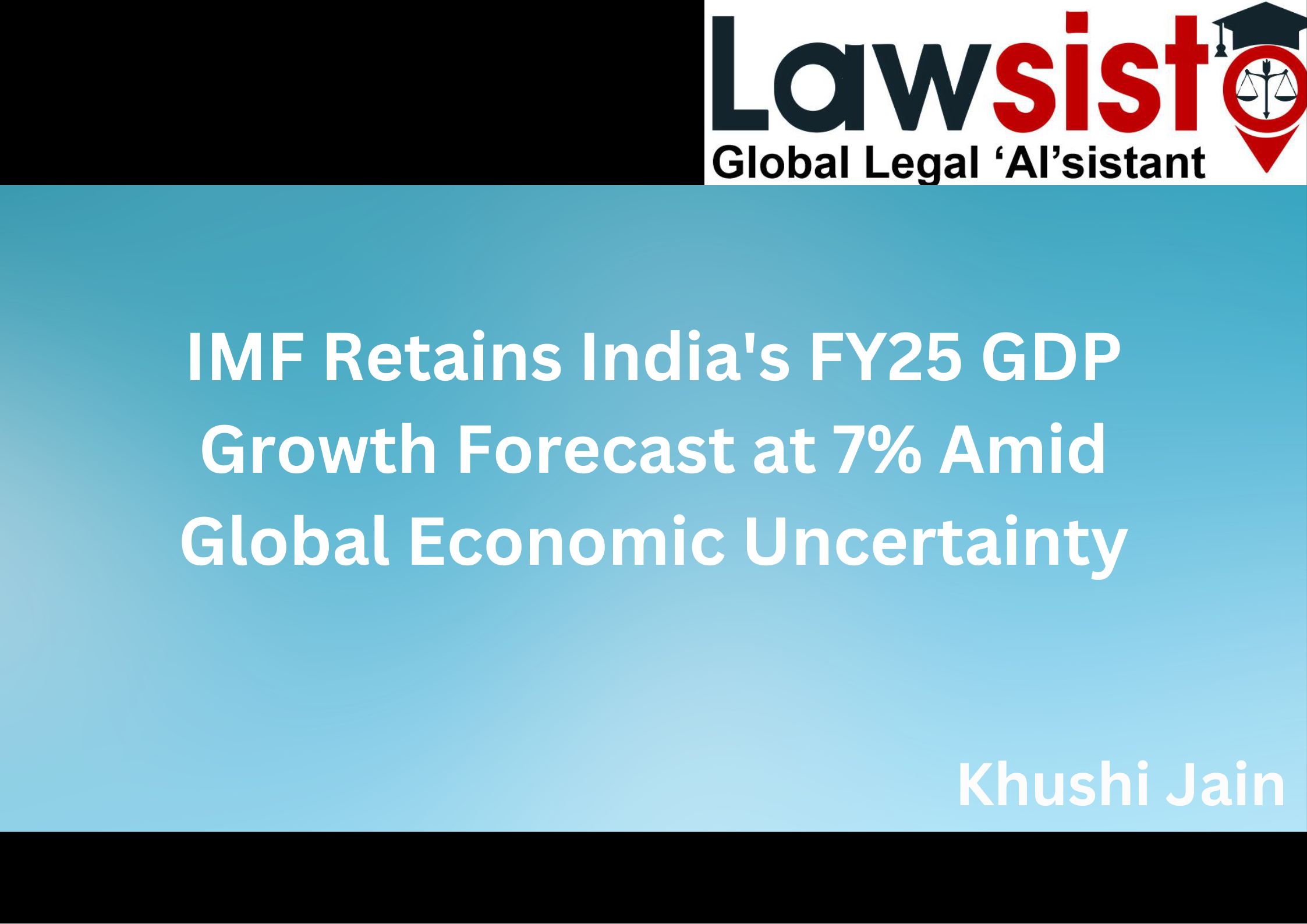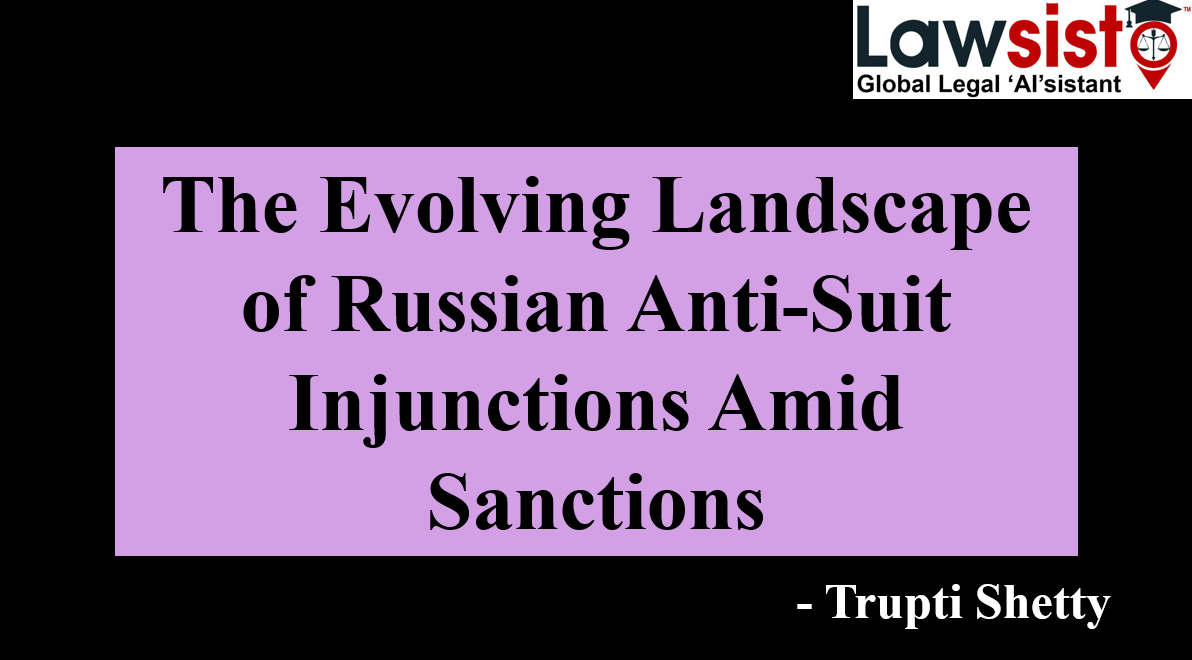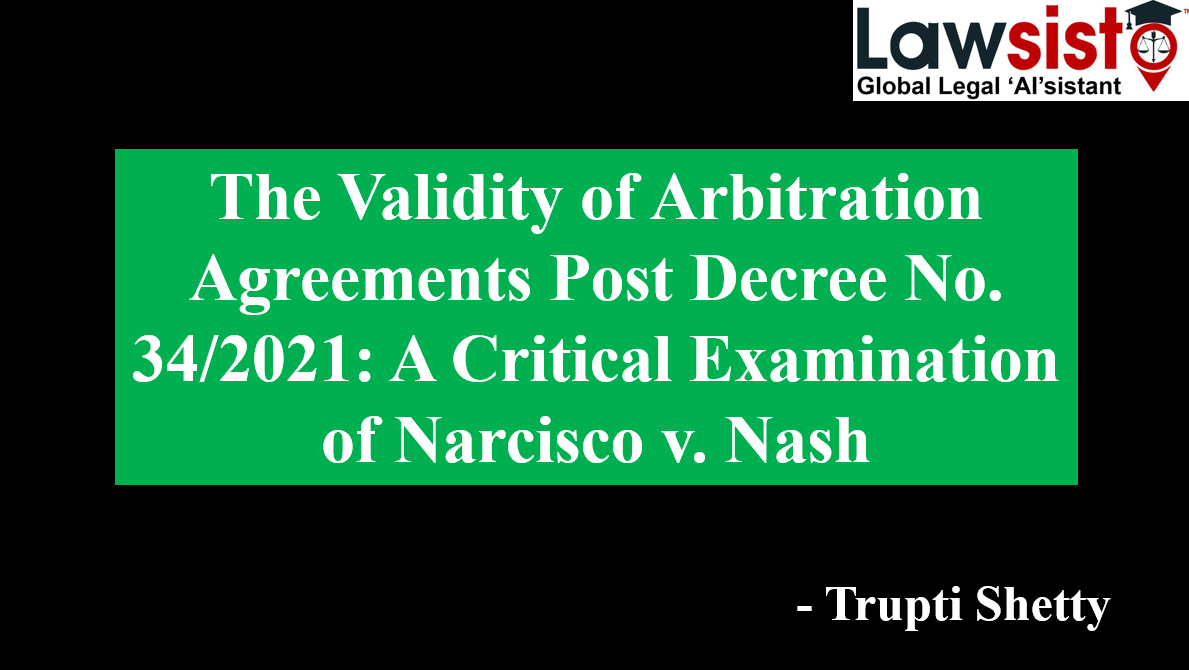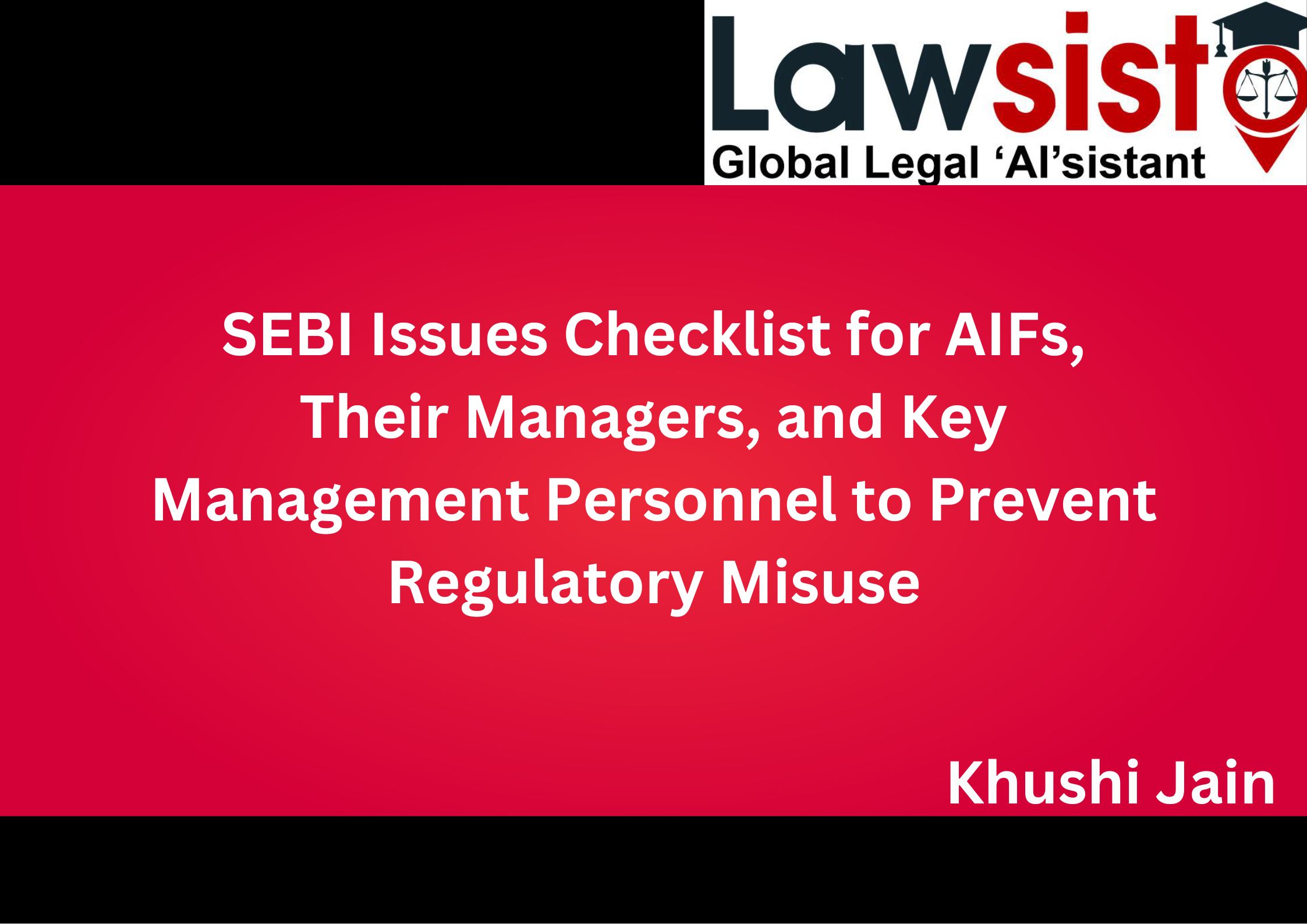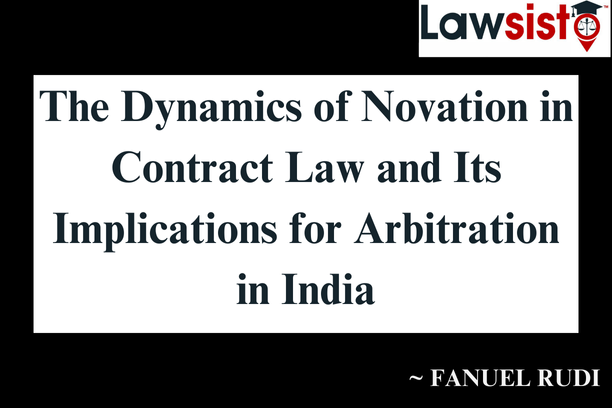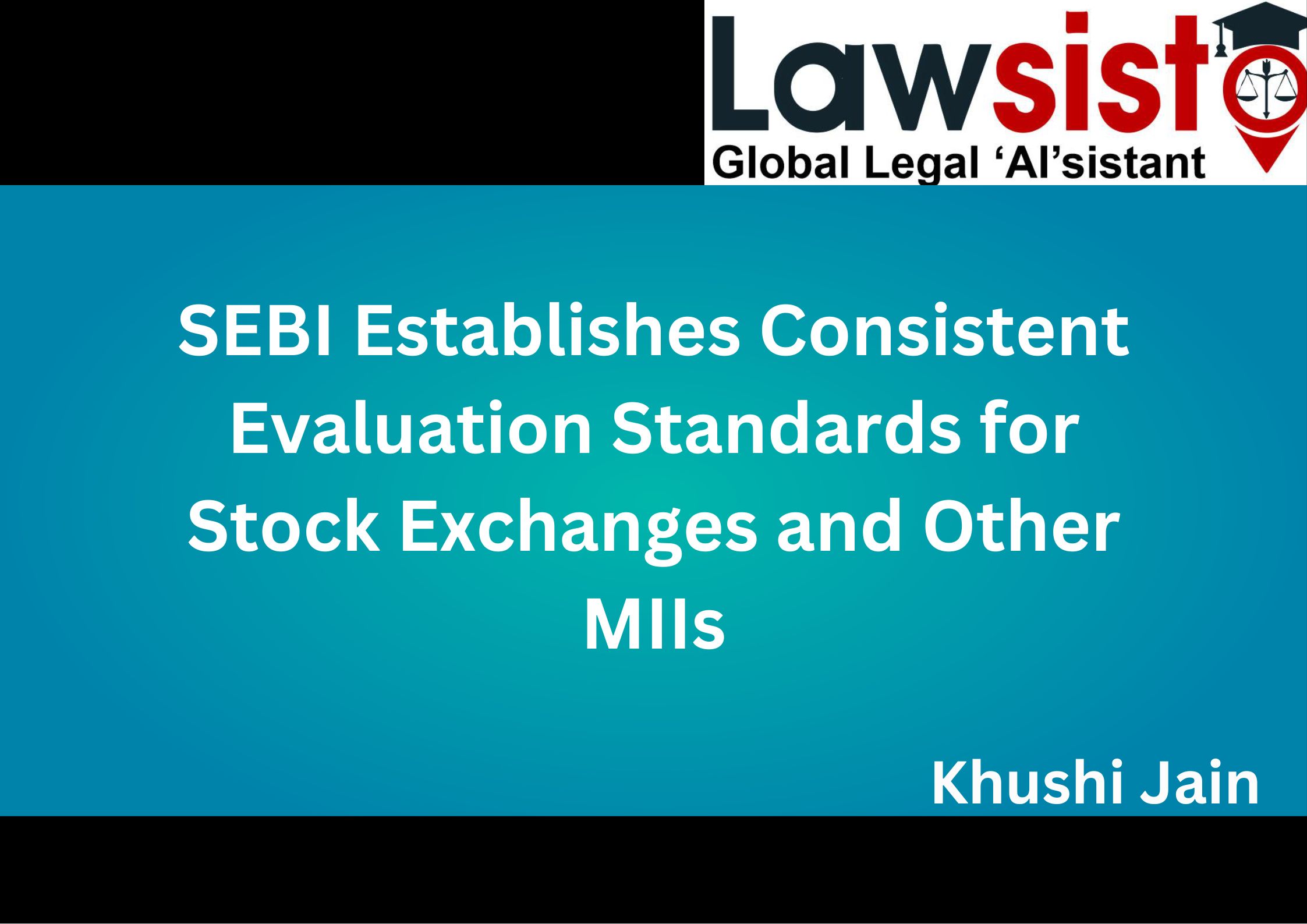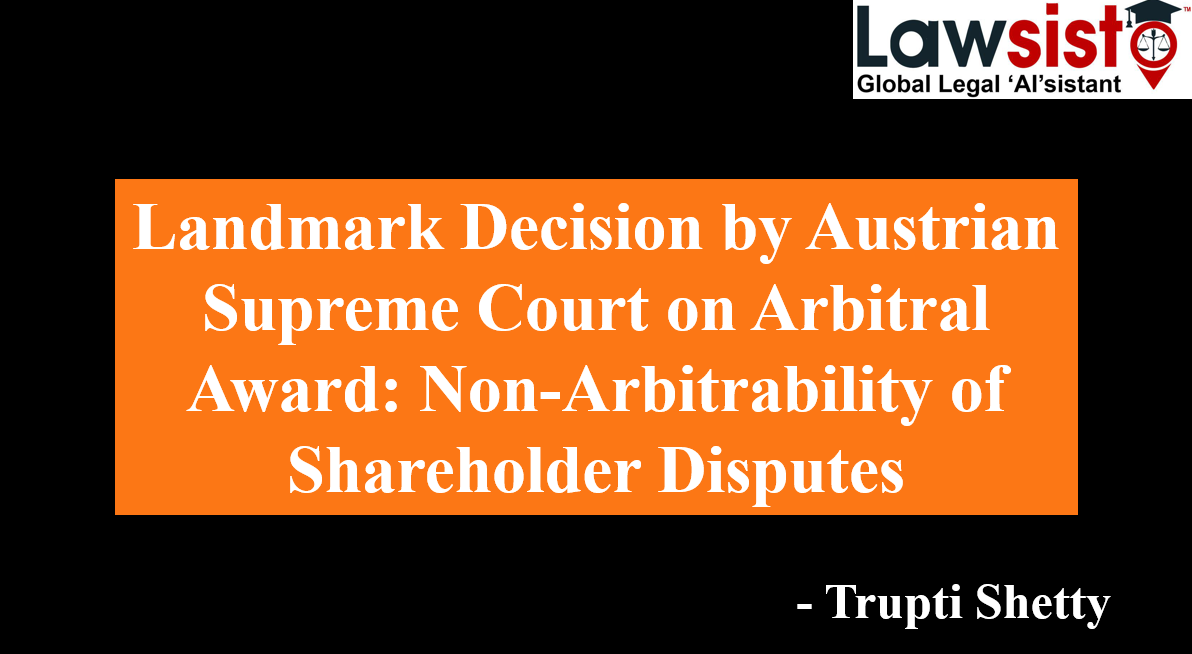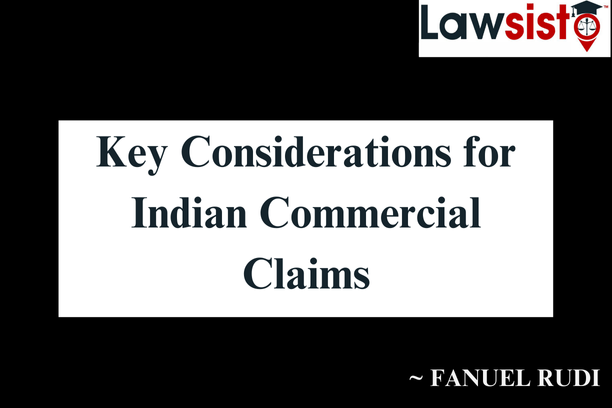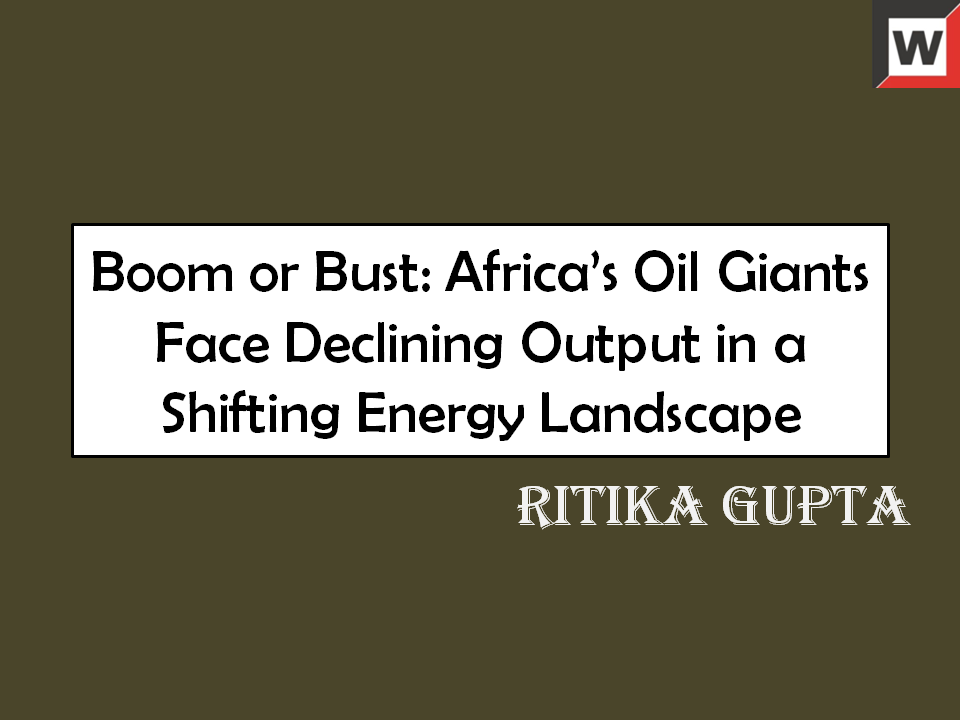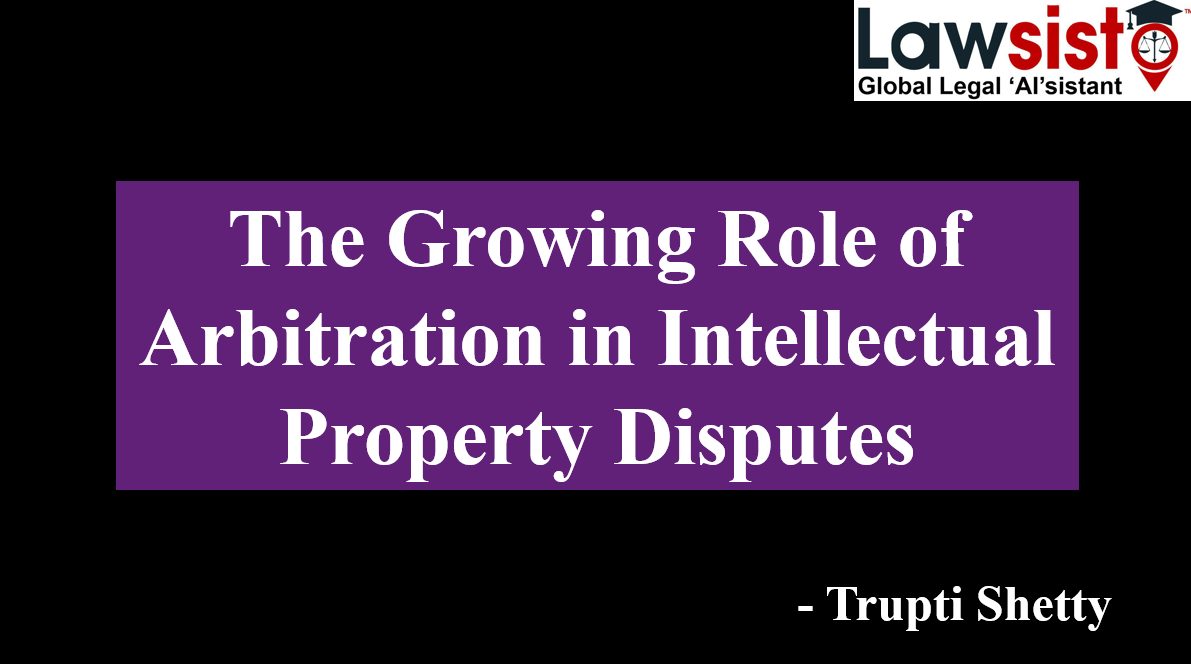Latest News
Supreme Court Greenlights Sub-Classification of SCs and STs: A New Chapter in Reservation Policy
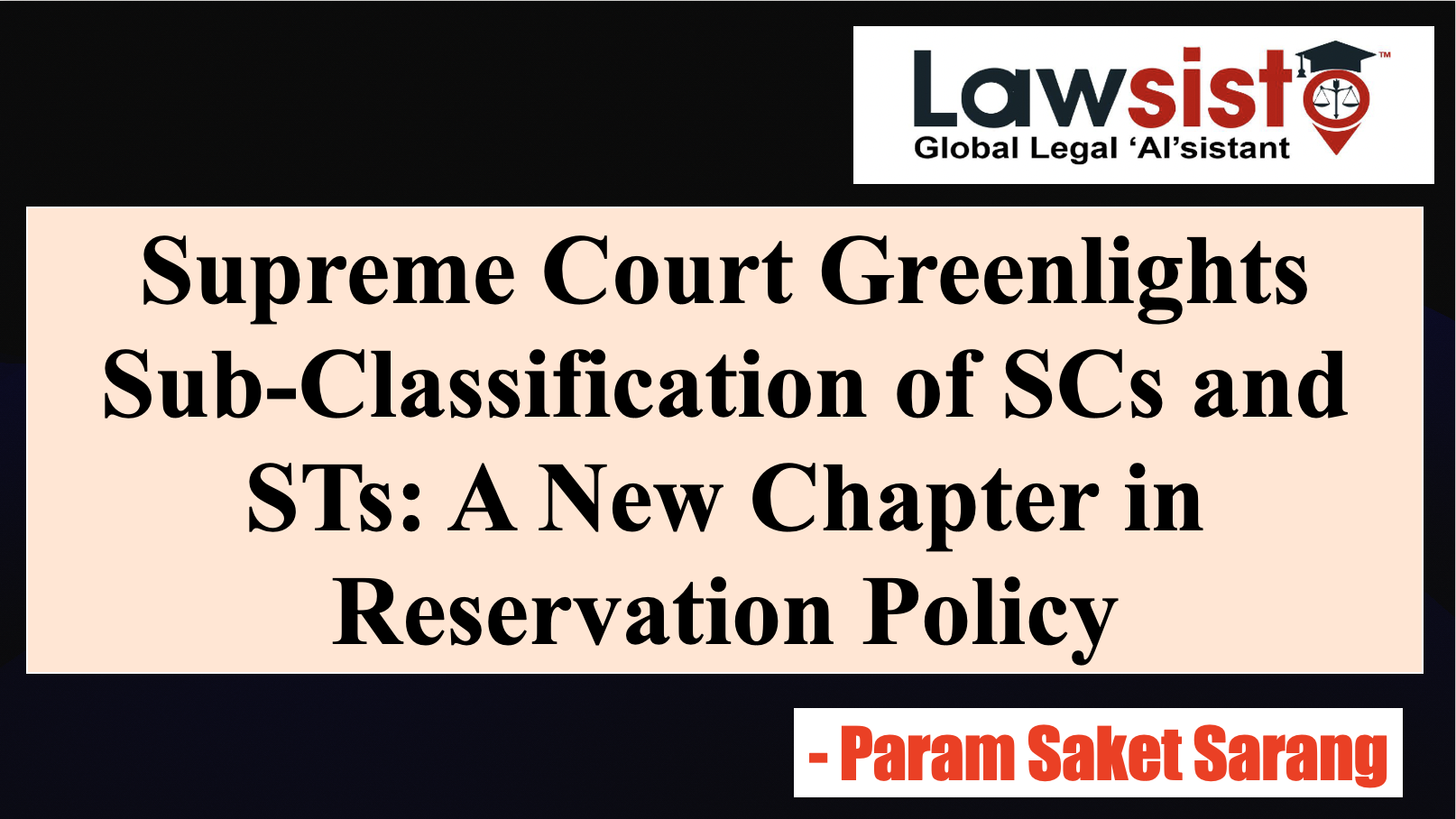
Supreme Court Greenlights Sub-Classification of SCs and STs: A New Chapter in Reservation Policy
Introduction
In a landmark judgment, the Supreme Court of India has upheld the right of state governments to sub-classify reserved category groups, including Scheduled Castes (SCs) and Scheduled Tribes (STs), for reservation benefits. This 6-1 majority decision, delivered in review of the Punjab and Haryana High Court’s ruling, represents a significant shift in the country’s reservation policies. The judgment overturns the 2004 ruling in E.V. Chinnaiah vs. State of Andhra Pradesh, which previously held that no distinction could be made within the SC and ST categories.
The Court reasoned that governments can redress gaps within these broad categories and guarantee that affirmative action programs benefit the most vulnerable populations by using the power to subclassify. This ruling recognises that some SC and ST minorities have historically experienced more disadvantage than others and that the general reservations policy frequently fails to meet the needs of the most vulnerable.
The decision, which reinterprets the concepts of equity and affirmative action and opens the door to more discussions on the future of reservations in India, has provoked a wide spectrum of responses. While supporters claim that this action guarantees social justice for all marginalised groups, detractors warn that it may cause division within the reserved categories, therefore eroding the whole notion of reservation.
The key point of the verdict:-
Permitting Sub-Classifications:- The Court ruled that states might subdivide SCs and STs within the current reserve limits by the constitution. States can specifically establish subgroups within the 15% SC reserve to prioritise the most disadvantaged people. A seven-judge bench rendered this verdict, acknowledging that not all populations falling under the SC and ST classifications experience the same hardship.
Difference Between Sub-Classification and Sub-Categorisation:- The Chief Justice of India emphasised the distinction between "sub-classification" and "sub-categorisation." Sub-categorisation refers to grouping individuals without considering these distinctions, whereas sub-classification enables distinctions between the degrees of backwardness within SCs and STs. The Court emphasised that the sincere upliftment of underprivileged groups should be the main objective and warned against utilising categories for political purposes or appeasement.
Empirical Basis for Sub-Classifications: The Court was adamant that subclassifications have to be supported by historical evidence of systematic discrimination as well as empirical data. States must make their judgments not on subjective or politically motivated factors but on a strong basis of science. This stipulation guarantees that subcategorisations are equitable, efficient, and advantageous to the individuals who require the most assistance.
Judicial Oversight: The Court further declared that judicial scrutiny would be applied to state decisions about subclassifications. This clause guarantees that subclassifications be used fairly and guards against any abuse of the system for political ends. The Court underlined that reservations must be utilised correctly to fulfil the needs of the most marginalised groups within SCs and STs and that they are a constitutional tool to overcome past discrimination.
Creamy Layer Exclusion:- Applying the "creamy layer" concept to SCs and STs was a significant accomplishment of the ruling. This principle was exclusively applied to Other Backward Classes (OBCs) until recently when it was established in the seminal Indra Sawhney Case (1992). By excluding the richer and more privileged members of a disadvantaged category from getting reservation benefits, the creamy layer idea ensures that only those who are really in need will benefit. According to the Court's ruling, governments are required to identify and deny reservation benefits to the members of SCs and STs who are deemed to be economically and socially better situated.
One-Generation Benefit for Reservations:- The Court's position restricting reservation advantages to a family's first generation is another significant aspect of the ruling. The Court reasoned that there is no reason for the second generation of a family to continue getting the same advantages if the first generation benefited from reservations and rose in social and economic standing. This makes sure that the goal of the reservation system is still to uplift the most marginalised people in society.
No 100% Reservation for Sub-Classes:- The Supreme Court also made it clear that it is not permitted to reserve 100% of a space for any subclass within an SC or ST. This clause guarantees that subclassifications may exist, but they must not take up all of the reservation quotas, allowing room for other groups that fall under the more general SC and ST categories. The Court reaffirmed the necessity for inclusive and equitable reserve rules that take into account the interests of all marginalised groups residing in these areas.
Juggling Nuance and Reservation Policy:- The Court's ruling illustrates a careful consideration of reservations. It acknowledges that reservation rules cannot be universally applied and must change to take into account the varying degrees of backwardness seen in SCs and STs. To guarantee that benefits from reservations are received by those who genuinely need them, this rule recognises the complexity of the socioeconomic circumstances that these communities must contend with.
Consequences of the Verdict:- The decision will have a significant impact on how states formulate their reservation laws. States can now classify people inside SCs and STs in more detailed ways, but they have to base their decisions on solid facts and evidence. Furthermore, the reservation mechanism has undergone a substantial change with the implementation of the creamy layer idea in SCs and STs, possibly lowering the benefits available to the relatively better-off within these communities.
The issue of sub-classification within Scheduled Castes (SCs) was referred to a seven-judge bench of the Supreme Court in the case of State of Punjab v. Davinder Singh (2020). This referral was primarily driven by the need to reconsider the Supreme Court’s earlier ruling in EV Chinniah v. State of Andhra Pradesh (2004), which had declared that sub-classifications within SCs were not permissible.
The key factors leading to this referral are outlined below.
1. Reconsideration of the EV Chinniah Judgment:- In the 2004 EV Chinniah case, the Supreme Court ruled that sub-classification within SCs was unconstitutional, as the Court viewed SCs as a homogeneous group. The judgment was based on the interpretation that all Scheduled Castes, as listed in the Presidential Order under Article 341 of the Constitution, were treated equally, and no subgroup within this category could be prioritised over another. According to this view, the SC category as a whole was entitled to reservations, and any sub-division within this group would violate the constitutional mandate.
However, the five-judge bench in the State of Punjab v. Davinder Singh (2020) case questioned the validity of the EV Chinniah ruling. The bench believed that the Chinniah judgment overlooked the varying levels of backwardness and deprivation within SC communities and that a one-size-fits-all approach might not adequately address the needs of the most disadvantaged groups. This prompted the need for a deeper examination and potential reconsideration of the earlier ruling, leading to the referral to a larger bench.
2. Punjab Scheduled Caste and Backward Classes (Reservation in Services) Act, 2006:- The legal challenge in Davinder Singh arose from a specific provision in the Punjab Scheduled Caste and Backward Classes (Reservation in Services) Act, 2006. Section 4(5) of this Act mandated that 50% of the vacancies reserved for SCs in direct recruitment should be offered to specific sub-groups within the SC category, namely the Balmikis and Mazhabi Sikhs, provided that candidates from these sub-groups were available.
This provision aimed to ensure that these particularly disadvantaged sub-castes, which were seen as being historically marginalised even within the broader SC category, received a fair share of the benefits of reservation. The Punjab government’s move to allocate a specific percentage of SC reservations to these sub-groups was based on the recognition that not all SC communities experienced the same level of social and economic backwardness.
3. High Court Ruling:- The provision in the Punjab law was challenged, and in 2010, a division bench of the Punjab and Haryana High Court struck down Section 4(5) of the Act. The High Court’s ruling was based on the earlier EV Chinniah judgment, which stated that SCs formed a homogeneous group under Article 341 of the Constitution. According to this interpretation, the High Court concluded that no further sub-classification within the SC category was permissible, as this would violate the constitutional principle that all castes listed in the Presidential Order under Article 341(1) were to be treated equally.
The High Court’s decision reaffirmed the Chinniah ruling, which had held that the power to identify and classify Scheduled Castes belonged solely to the President of India. According to Article 341, the President has the authority, in consultation with the Governor of the respective state, to identify which communities fall under the category of SCs. This Presidential Order, once notified, would be final and could not be altered or sub-classified by states or any other authority.
4. Article 341 of the Constitution:- The foundation of the EV Chinniah judgment and the High Court’s ruling in Davinder Singh was Article 341 of the Constitution, which governs the identification of Scheduled Castes. According to Article 341(1), the President of India, in consultation with the Governor of a state, has the exclusive power to identify and notify SCs through public notification. Once this identification is made, no further sub-classification or division of these castes is permitted unless it is done through an act of Parliament.
In the EV Chinniah ruling, the Court had interpreted this Article to mean that all SC communities, once notified by the President, formed a homogeneous group and were to be treated equally for reservation. This interpretation effectively prohibited any attempts by states to create sub-classifications or prioritise certain sub-groups within the SC category.
5. Need for Re-Examination:- The Davinder Singh case brought to the forefront the growing recognition that SC communities are not a monolithic group. Different sub-castes within the SC category experience varying levels of social and economic deprivation. Some groups remain severely marginalised, while others have benefitted more significantly from reservation policies. The five-judge bench in Davinder Singh recognised that the earlier Chinniah judgment may have failed to account for this reality, and it became necessary to re-examine the constitutionality of sub-classifications to ensure that the most disadvantaged groups within SCs receive adequate support.
Thus, the referral of the sub-classification issue to a seven-judge bench was driven by the need to reconsider the EV Chinniah judgment in light of changing social and legal perspectives on the reservation system. The larger bench was tasked with examining whether sub-classification within SCs is constitutionally permissible and, if so, under what conditions it can be implemented to ensure that the most marginalised groups within the SC category benefit from affirmative action policies.
The Supreme Court aimed to provide a more nuanced understanding of the complexities involved in implementing reservation policies for SCs and ensure that affirmative action benefits reach those who need it the most.
Going ahead, the sub-classification of SCs and STs has to take historical prejudice, economic inequality, and larger societal concerns into serious account. States must steer clear of political agendas and concentrate on making sure the process is fair. Decision-making will be aided by the full data on SCs and STs that will be gathered from the next Census, including precise sub-group data. To preserve openness and trust, independent methods for verifying data must be established. Clear and objective standards should be established when creating sub-classification criteria to prevent judgments from being affected by politics or subjectivity. Prioritising socio-economic variables above caste or tribal ties is necessary to guarantee equitable distribution of resources. Furthermore, it is critical to acknowledge that subclassification is a stopgap solution meant to rectify past wrongs, with the ultimate objective being the comprehensive socioeconomic advancement and empowerment of SCs and STs. Reliance on reserves should be gradually decreased as general social and economic conditions improve, leading to a more egalitarian society.
Conclusion
In summary, the Supreme Court's ruling allowing the subclassification of SCs and STs is a significant turning point in India's reservation policy since it guarantees that the most marginalised members of these groups are the focus of affirmative action. It makes room for more complex and fair policies, but it also means that nations must behave honourably and prioritise socioeconomic advancement over political expediency. To make sure that benefits reach those who need them the most, the judgment highlights the necessity of objective standards, independent data verification, and ongoing monitoring. Sub-classification needs to be viewed as a stopgap tactic, with the ultimate objective being the promotion of general socioeconomic advancement and the progressive reduction of reservation dependency as inequalities close.
References
- Indian Express:- https://indianexpress.com/article/explained/explained-law/explained-sub-classification-of-sc-st-9489996/
- The Economic Times:- https://economictimes.indiatimes.com/news/india/sc-holds-sub-classification-within-reserved-classes-sc/sts-permissible/articleshow/112185382.cms
- The Hindu:- https://www.thehindu.com/data/call-for-sub-classification-data-shows-uneven-development-within-scs-and-sts/article68523300.ece
- Supreme Court Observer:- https://www.scobserver.in/journal/sub-classification-within-reserved-categories-judgement-explainer/
